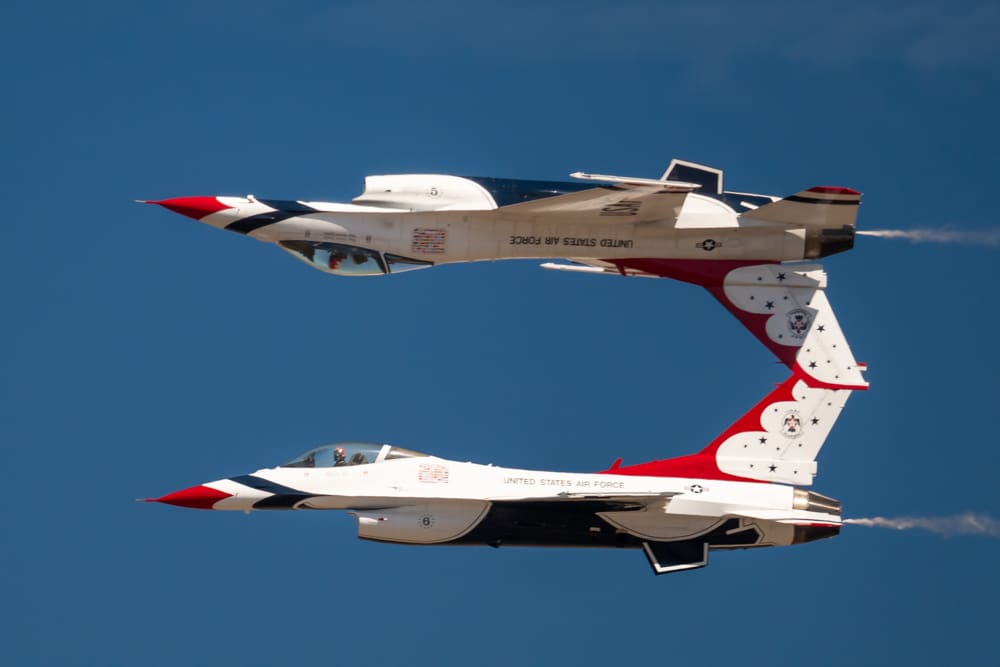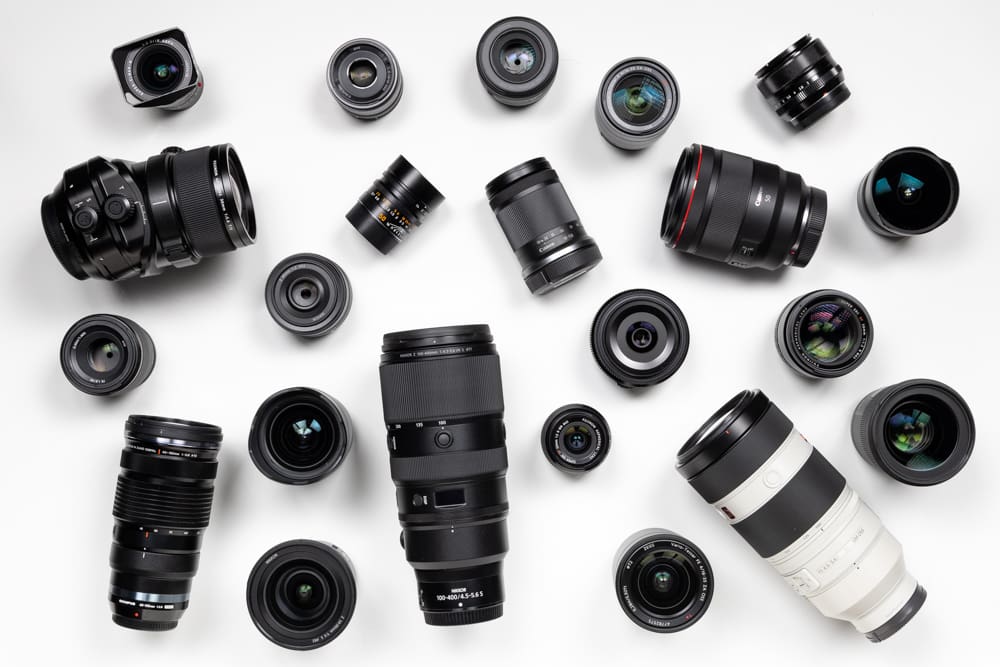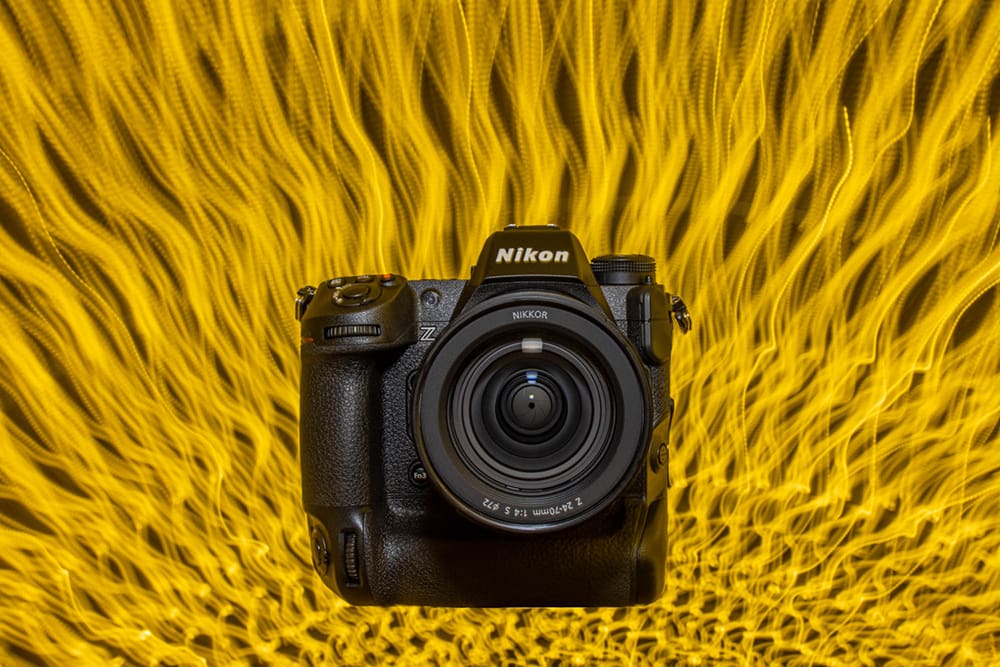Nikon and its line of Nikkor lenses, is one of the great all-time collection of lenses. Quality, sharpness, durability are all characteristics that go into creating a great line of lenses. One particular aspect about this collection that I find quite intriguing is the selection of, industry-wide, unique lenses. From Nikon’s current mirrorless Z-mount to their older DSLR F-mount series, Nikon has a long standing tradition of creating exclusive lenses that address a particular need and showcase the technical prowess and artistic flair that can inspire photographers of all kinds.
What is unique?
Depending on your definition of unique, every lens could be considered different and special. Even lenses of the same focal length and aperture from the same manufacturer could be considered different due to slight variances in construction and assembly.
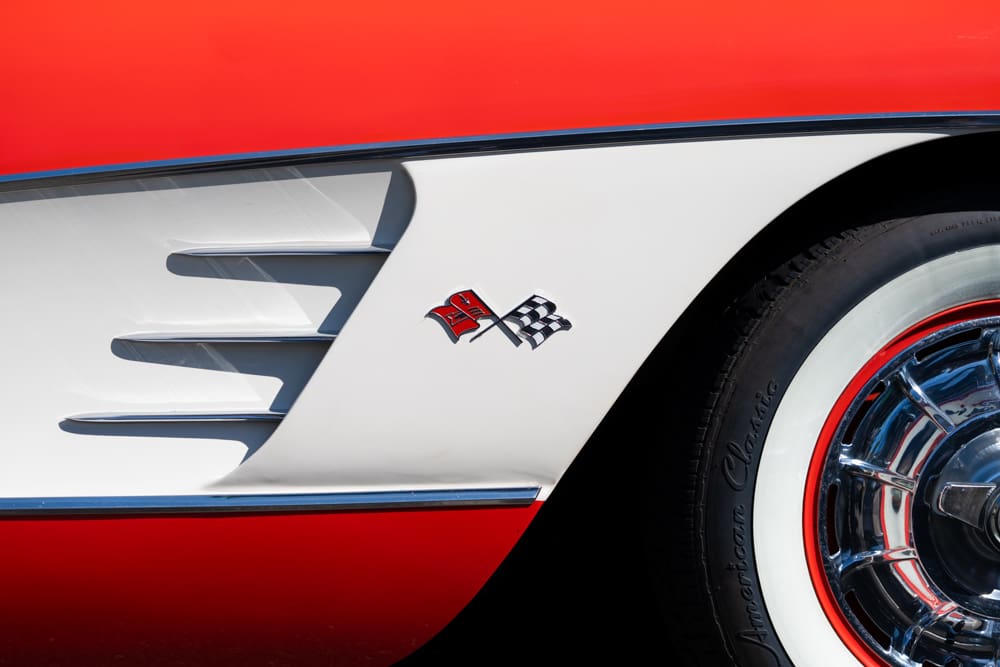
Nikon Z 8, Z 100-400MM F/4.5-5.6 VR S @ 110MM | F/8 | 1/640 SEC | ISO 200
Unique, to me, is a focal length and aperture combination that is different than the traditional and normal offerings. No matter what camera system you use, you can expect to find the option of a: 50mm f/1.4, 35mm f/2, 85mm f/1.4 and so forth. A slight variance of a few millimeters in focal length or a third-stop on the aperture doesn’t quite move the lens into a unique category in most cases.
A one-of-a-kind lens can spur the imagination of how you might use it and what you would photograph with it. All lenses are essentially a compromise between practicality, quality, versatility, weight, size, and price. A lens with unique characteristics forces us to reimagine how we might use the lens and what type of images we might capture with it.
Z-mount Lenses
Unique options
When introducing a new interchangeable lens system, the challenge is to develop a large number of practical lenses that a wide variety of users can make good use of. Using development resources to create a unique, expensive lens, that will rarely see the light of day, wouldn’t seem like a good idea.
Halo products have their roll to play in a product line; and it’s to inspire. When Nikon introduced the Z-mount camera and lens system, one of their first lenses to be delivered was the 58mm f/0.95 S Noct lens. An $8,000, 4.4lb/2kg lens of a normal”ish”, but unusual, focal length that doesn’t offer autofocus and is not anyone’s idea of a hot selling product.
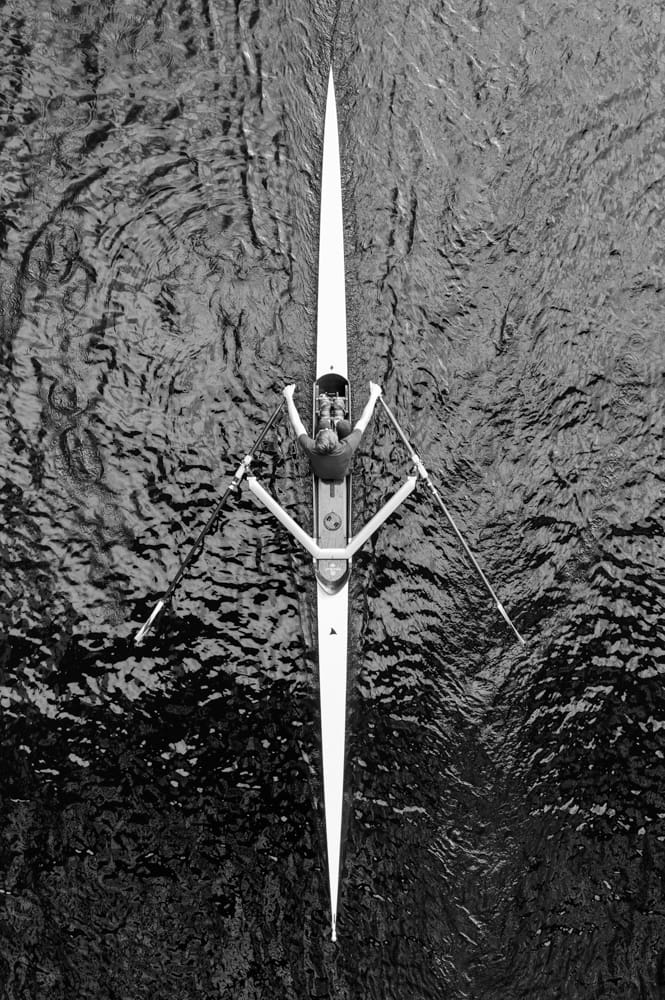
Nikon D780, F 24-120MM F/4 G VR @ 55MM | F/4 | 1/250 SEC | ISO 400
This 58mm f/ 0.95 was about exciting the public with what was possible with the new lens mount, as well as giving the designers and engineers something big to strive for. It’s hard to believe that Nikon will ever make back the development costs on this Noct lens. But it’s lenses like these that can make all of us think a little more about what might be possible.
I’d like to share with you some thoughts on a few of my favorite unique Nikkor lenses. If you’d like to know more about Nikon and Nikkor I encourage you to check out the introduction section on my new Nikon Z mount: Complete Lens Guide.

Nikon Z 6 Mark III, Z 14-30MM F/4 S @ 20MM | F/10 | 1/200 SEC | ISO 100
Nikon 58mm f/0.95 S Noct
This lead-off statement lens was Nikon’s way of saying look at what we can do with our new Z mount system. The directive to the designers seems to have been — create the fastest, highest quality lens possible and don’t worry about size or cost.
Chances are you will never own, use, or even see one of these in person. It is an impractical, overly heavy, manual focus lens with an unusual focal length of 58mm. The f/0.95 aperture will yield a very shallow depth-of-field, but so will an 85mm f/1.8 for 1/10 the price.
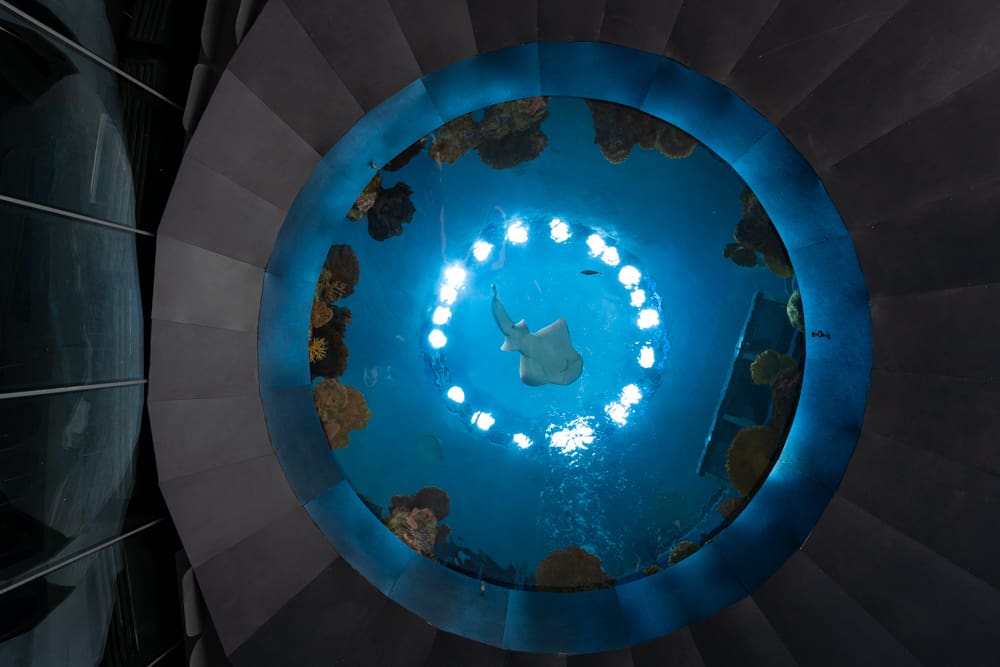
Nikon Z 6 Mark III, Z 14-30MM F/4 S @ 17MM | F/4.5 | 1/200 SEC | ISO 1250
Nikon 400mm f/2.8 TC VR S
There is nothing new about a 400mm f/2.8, it’s been a classic pro sports lens since the 80’s, but this one includes a built-in 1.4x teleconverter that transitions the lens into a 560mm f/4. Very few lenses have included a built-in teleconverter, and this is the first 400mm f/2.8 to do so, of any brand. This makes a ton of sense because most every owner of a 400mm f/2.8, also buys, carries, and uses a 1.4x teleconverter.
The extra bonus with this lens is that it weighs about 2lbs/1kg less than the previous version for the F-mount system — the 400mm f/2.8, which didn’t include a teleconverter (8.4lbs to 6.5lbs). Two small issues to note — (i) the new lens is about an 1”/25mm longer, and (ii) the price has doubled from the previous version.
Nikon 600mm f/4 TC VR S
Just like the 400mm above, the new 600mm is even more versatile with a built-in 1.4x teleconverter that you can just flick on and off with a switch; becoming an 840mm f/5.6. It makes this lens far more useful for a variety of long-range sports and wildlife.
For this lens, Nikon was only able to drop the weight from the previous version by about 1lb, still not bad considering they are adding in more lens elements into a more complicated device. And yes, sadly the price had doubled here as well.

Nikon D780, F 24-120MM F/4 G VR @ 38MM | F/16 | 1/5 SEC | ISO 100
Nikon 400mm f/4.5 VR S & 600mm f/6.3 VR S
The new junior 400mm & 600mm lenses were perhaps created because the previously mentioned lenses with their added features had increased so much in price that Nikon needed to fill a void.So they created a more affordable, easily hand-holdable telephoto lens. Not that $3,200 to $4,800 is cheap, but it’s a lot less money than 14,000 to 16,000 US dollars.
The 400mm f/4.5 is a unique focal length and aperture I’ve not seen before, but we can compare it to the nearest rival, the Canon EF 400mm f/4. By making a lens that is just 1/3 of a stop slower, Nikon was able to cut the weight from 4.6lbs to 2.7lbs. I hate losing light, but that’s a very good trade off.
Classic F-mount Lenses
Nikon 300mm f/2 ED IF
My longtime readers will know that this is one of my favorite legendary lenses. Built in anticipation of the 1984 olympics the 300mm f/2 ED IF was Nikon’s statement lens to show the proficiency of their lens engineers.
The lens was huge, in size and price, it weighed in at 16.6lb (7.1kg), and sold for $6,500 in 1984 dollars; that’s about $20,000 today. Hollywood discovered the lens and they have since mostly disappeared but you can occasionally find a lightly used one available for the mere price of $25,000 to $100,000.

Nikon Z 7, Z 24-70MM F/4 S @ 37MM | F/5.6 | 1/30 SEC | ISO 100
Nikon 70-180mm f/4.5-5.6 Micro ED D
An often forgotten lens is this rare zoom lens that could hold its close-focus on a subject while zooming. Many zoom lenses have some macro capability, but this one was unique in that it was a true macro lens (0.5x magnification or better) at all focal lengths.
Anyone that has setup a tripod and mounted a camera with a macro lens will instantly understand the convenience of being able to twist the zoom lens rather than reposition a tripod. No other major manufacturer has offered a true zoom macro. Will it ever be done again?
Nikon 2000mm f/11 Reflex
Reflex (mirror) lenses were quite the rage back in the day. It was an economical and practical way to achieve great focal lengths and the 2000mm f/11 is the most powerful telephoto lens Nikon has ever created.
This lens is 40x as powerful as a 50mm lens and offers a 1º angle of view. The 16.5lbs (7.5kg) lens isn’t designed to be hand-held; in fact it came with a turret that allowed the lens to be swiveled left to right, and up and down. While it’s possible that it could be used to shoot sport or wildlife, it was more likely used for news, military, and astrophotography. And yes, you could add the 1.4x or 2.0x teleconverter to create a 2800mm f/16 or 4000mm f/22.
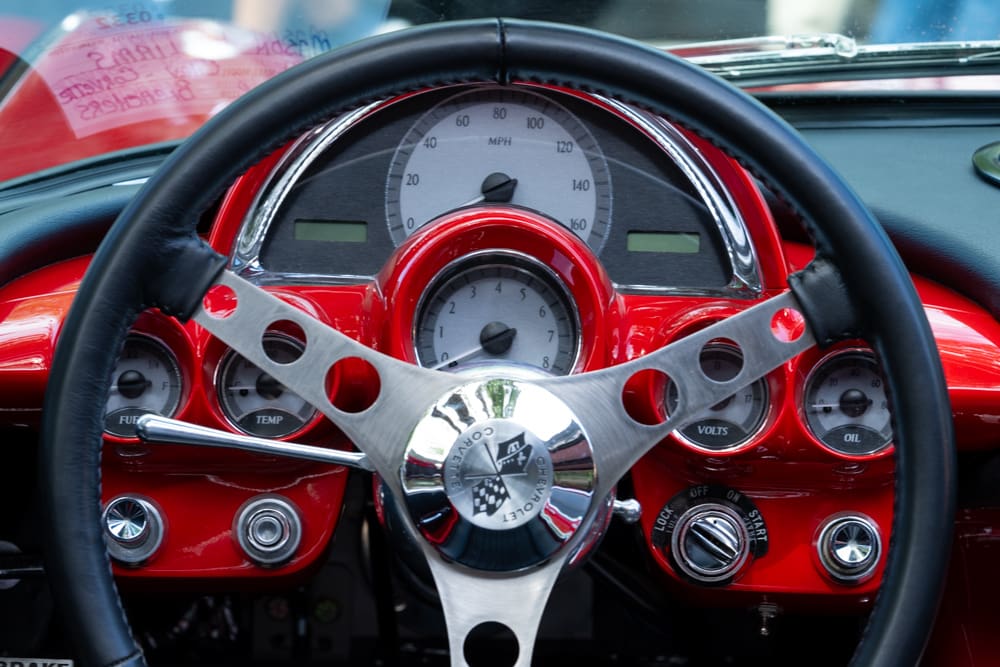
Nikon Z 8, Z 100-400MM F/4.5-5.6 VR S @ 200MM | F/16 | 1/20 SEC | ISO 400
Nikon 28mm f/4 PC
This was the first “tilt/shift” style lens offered for any of the popular 35mm film systems. It allowed shift movement — previously only available on large format cameras, to correct for parallax when shooting architecture. This first generation of perspective control lens only offered shift movement, but it fit the needs of many photographers.
This lens opened the flood gates to a wide variety of perspective control and tilt/shift lenses that would offer options not available with any other lens. The ability to control focus and perspective opened the doors to solving problems and expanding a photographer’s creative control.
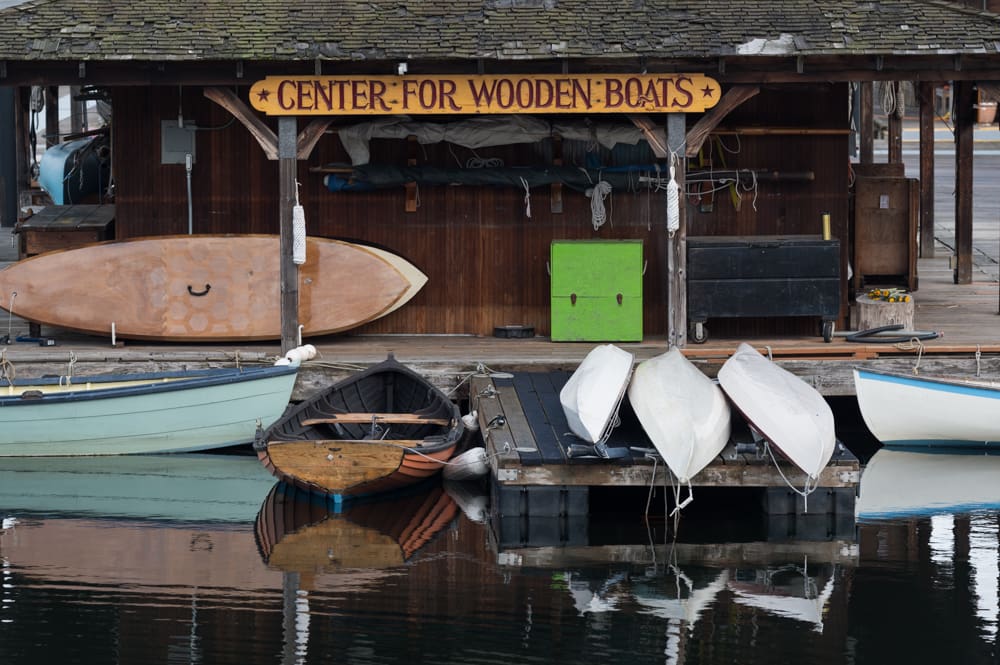
Nikon D780, F 70-200MM F/4 G VR @ 160MM | F/5.6 | 1/100 SEC | ISO 200
Summary
These lenses are likely not part of your core gear, but maybe if you’re lucky you’ll get the chance to use or own one of these unique lenses someday.
All of these lenses, as unusual as they are, are all designed around solving a specific problem. For the general population of photographers, these problems, or challenges, rarely present themselves; but you never know where photography will take you.
I believe it’s good to stay up to date, or at least occasionally familiarize yourself with the options that are out there. This is why I’ve created a number of Complete Lens Guides, to help people gain a better understanding of what’s available and what’s possible for their brand of choice. As I’ve said before, you don’t need all the lenses. Most people will be perfectly happy with 2 to 4 lenses for their camera system.
I don’t want to recommend GAS (gear acquisition syndrome) for the sake of owning more gear. The fact is, there are many ways to find inspiration. A special or unique lens, like the ones listed here, are a treat to own in that they can spark an inspiration to seek out new subjects, projects, and journeys.
Become part of John’s inner circle
Sign up for the newsletter here — it’s free.
Want to become a better photographer?
Check out John’s selection of photography and camera classes here.
